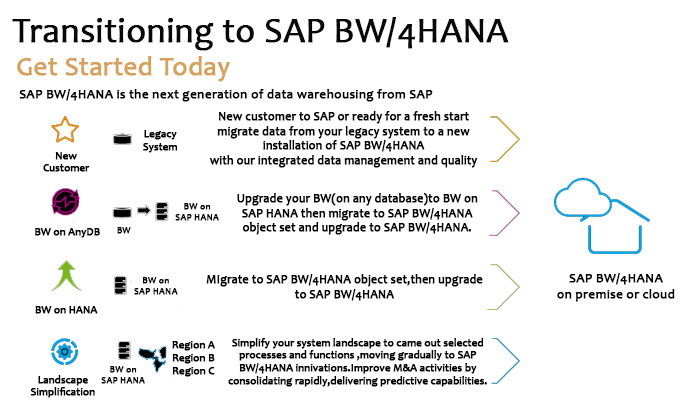The Digital Impact of Data Warehousing
The data landscape is rapidly changing in all organizations and that is the emerging reality today. Organizations, their customers, and their competitors all access and leverage more data, more rapidly (and more deeply) than in even the very recent past. This is unavoidable. More structured, transactional data from traditional organizations’ systems is joined by a new influx of social and other customer behavioral data as well as massive volumes of sensor and other machine data from the Internet of Things (IoT).Hence the data is everywhere –in our systems, in the cloud, in data lakes and other repositories, and in devices at our fingertips.
Expert Analysis - Insight from IDC and Gartner
“Digitization of everything and the increase in the number of data producers are driving greater demand in data capture, management, and analysis software”
“Data warehouses will not disappear as they have a key place in an organization's data architecture.”
----- IDC
“Organizations now require data management solutions for analytics that are capable of managing and processing internal and external data of diverse types in diverse formats, in combination with data from traditional internal sources. Data may even include interaction and observational data —from Internet of Things sensors, for example. This requirement is placing new demands on software in this market as customers are looking for features and functions that represent a significant augmentation of existing enterprise data warehouse strategies."
----Gartner
SAP BW/4HANA – a simpler, faster, and more flexible Data Warehouse
SAP BW/4HANA - This next-generation data warehouse is built entirely on advanced in-memory platform, SAP HANA. It offers enhanced data modeling and governance, high-performance solution development, a modern user experience (UX), and incredible flexibility. Leverage huge amounts of data – SAP application data, third-party data, unstructured data, geo-spatial data, Hadoop data, and more – live and in the moment.




